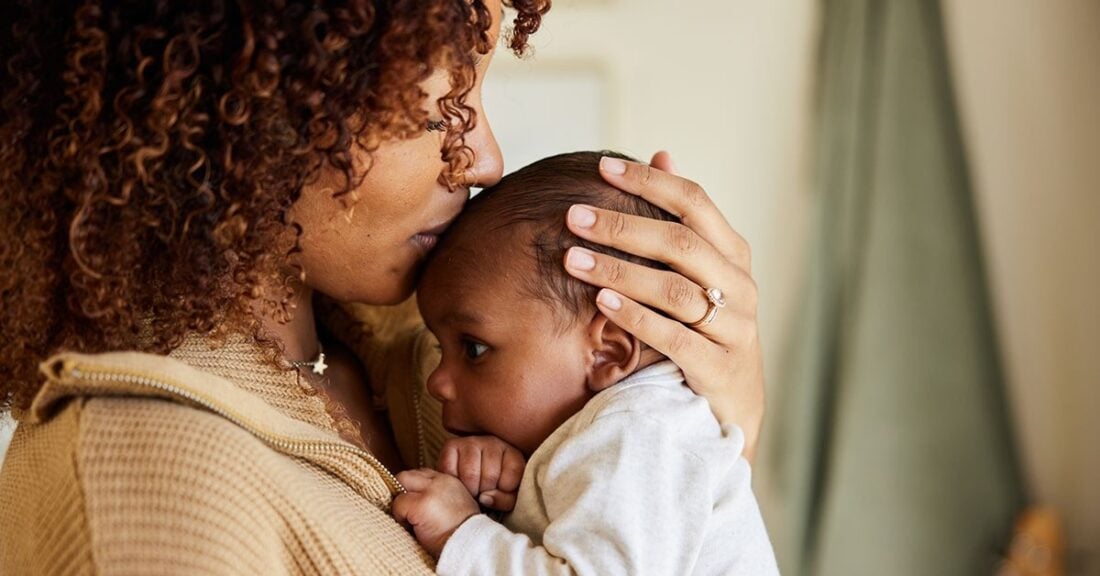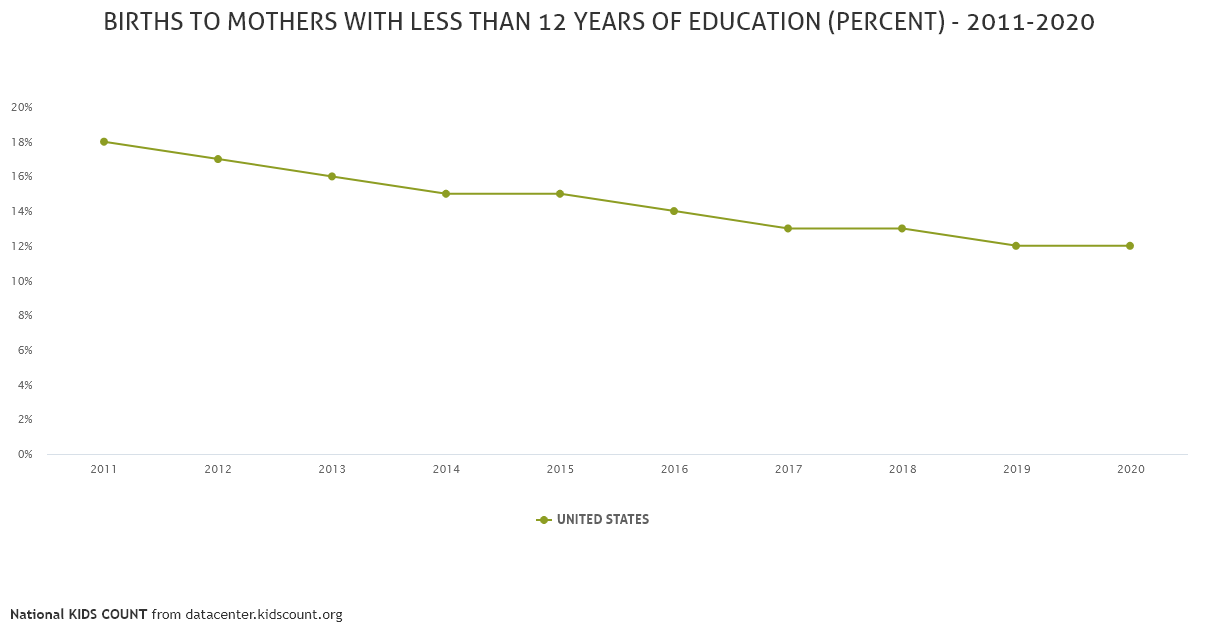In 2020, the U.S. Birthcount Hit a 30-year Low: Implications for the Future

According to recently updated data in the KIDS COUNT® Data Center, the total number of births in America has been on the decline, dropping to 3,613,647 births in 2020 — the lowest number in three decades. Birth rates have also declined in recent years as part of larger demographic trends related to delays in the age of marriage and childbearing, among other factors.
Why Is The Birth Rate Important?
As children comprise a shrinking share of the U.S. population while the aging population continues to swell, the nation will be increasingly reliant on a smaller group of young people to meet future workforce demands and to support the Social Security and Medicare needs of seniors. Now more than ever, children and youth are critical assets for America’s future, and it is vital to invest in programs and policies to help them reach their full potential.
Unfortunately, deep racial and ethnic inequities persist nationwide, with children of color more likely to have poor health, economic and education outcomes. Given the growing diversity of the U.S. child population compared to the adult population, children of color will become the majority of our nation’s future workforce — by 2050, only 39% of children are projected to be white. Leaders must prioritize ending racial and ethnic inequities so that all young people can thrive.
Other Key Findings from the Latest U.S Births Data:
- Births by Maternal Education Level: In 2020, only 12% of births were to women with less than a high school diploma, down from 20% in 2010. This is significant because low educational attainment among mothers is associated with poor child health and academic outcomes. See data for your state on this measure.

- Race/Ethnicity: About half (51%) of U.S. births were to white mothers, one-fourth (24%) were to Latina mothers, 16% were to Black mothers, 7% were to Asian and Pacific Islander mothers, 3% were to mothers of two or more races and 1% were to American Indian mothers in 2020. These percentages have been steady for the last five years.
- Births to Immigrant Mothers: Just over one in five (22%) U.S. births were to foreign-born women in 2020, a slight decline from the peak of 25% in the mid-2000s. At the state level in 2020, this figure ranged from 3% in West Virginia to 36% in New Jersey.
- Births to Unmarried Women: Two in five (41%) births were to unmarried mothers in 2020, consistent with previous years but a substantial increase from past decades. Unmarried women may have cohabiting partners who provide additional parenting support and household resources, although research shows that unmarried mothers face increased risks of poverty and a lack of social support. Financial safety net programs, affordable housing and child care, and other support services are important for the well-being of children in single-parent families.
Access More Data on Births and Stay Connected
See additional indicators on births and birth outcomes in the KIDS COUNT Data Center. The Annie E. Casey Foundation also offers a wide range of resources to promote the well-being of vulnerable children, youth and families. A few examples include:
- Blog: Child Well-Being in Single-Parent Families
- Report: Opening Doors for Young Parents
- Strategies: Equity and Inclusion
- Data Center Blog: Progress Largely Stalled on Preterm Births and Babies Born With a Low Birth Weight
Sign up for our newsletters to get the latest data and other resources.





